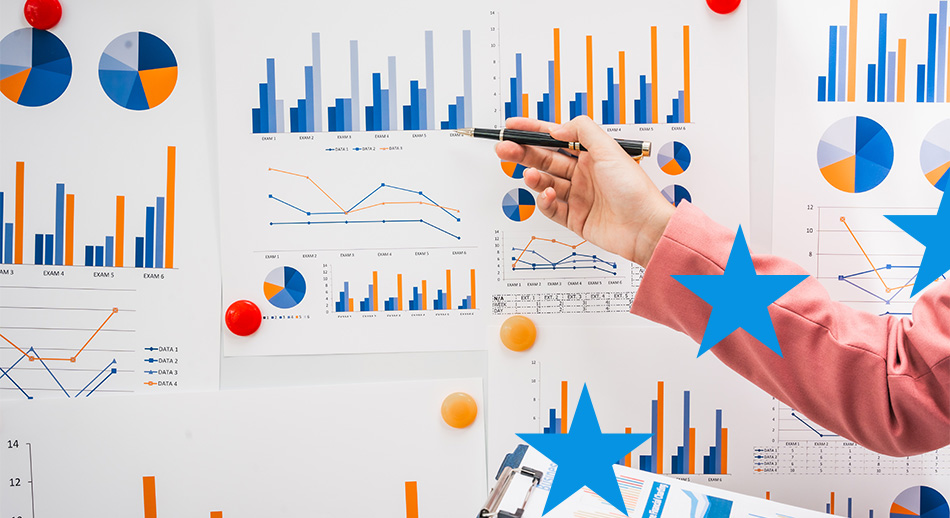We continue our in-depth look at monitoring and evaluation with a review of methods and tools useful during project management.
Monitoring and evaluation: tools for project management
We publish today a new in-depth study on monitoring and evaluation in European projects, focusing on how and with what tools to intervene when managing the project. It is organized into the following sections:
- Monitoring and evaluation tools
- Example of “Dashboard”
- Example of a Risk Matrix
- Methods of data collection and processing
This update takes up the following themes and tries to answer the following questions:
- Follow time, resources, activities and KPIs. How can you keep track of the most relevant aspects of a project with relatively simple ways and tools? What aspects are most important to focus on? (with related examples)
- Preventing and managing risks. What are the tools for “mapping” risks with possible impact on the project? What are the main categories of risk and what are the main strategies to prevent and manage them? (with related examples)
- What data to collect. What are the main types of data that can be collected (or produced) as part of a project activity? With what pros and cons?
- How to collect data. What are the most common and widely used types of data collection? What are their respective advantages, disadvantages and areas of application?
- How to process and analyze data. What are the ways in which data can be processed and organized in the context of a project and what are their areas of application?
If these questions interest you, read the new chapter updates:
3.6. Managing the project: monitoring and evaluation
This will be followed by a new discussion of the concept of impact, and how to calculate it.




